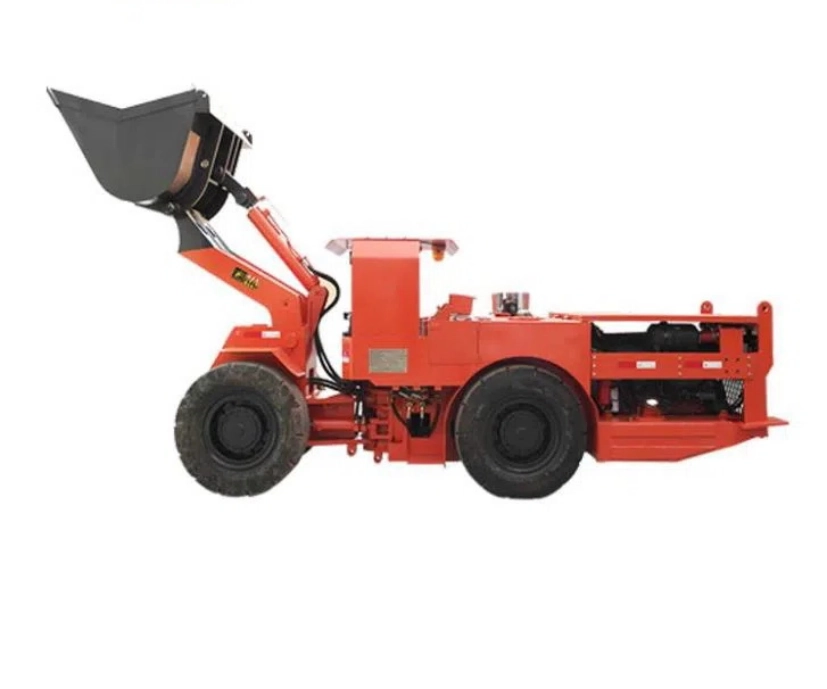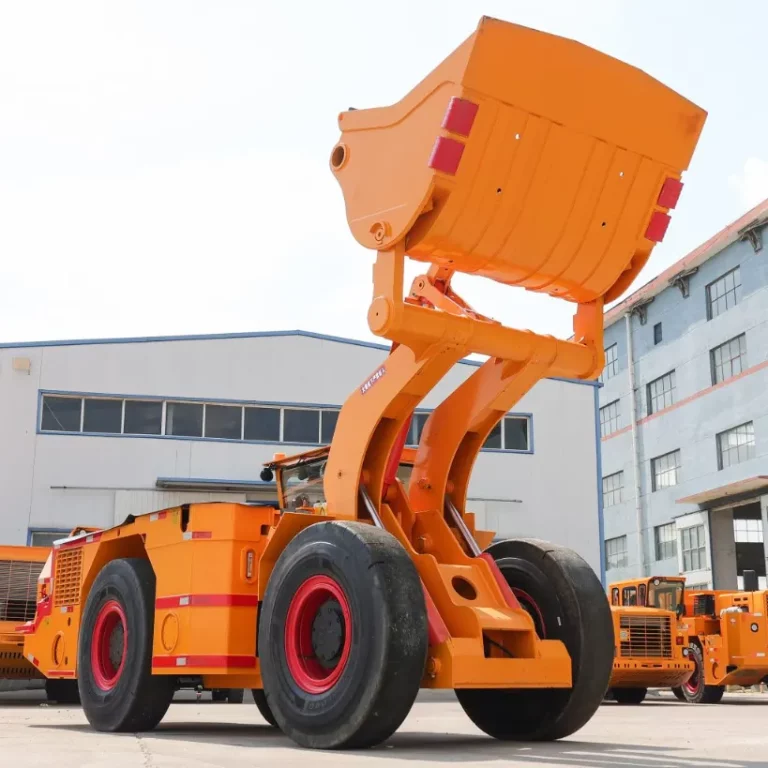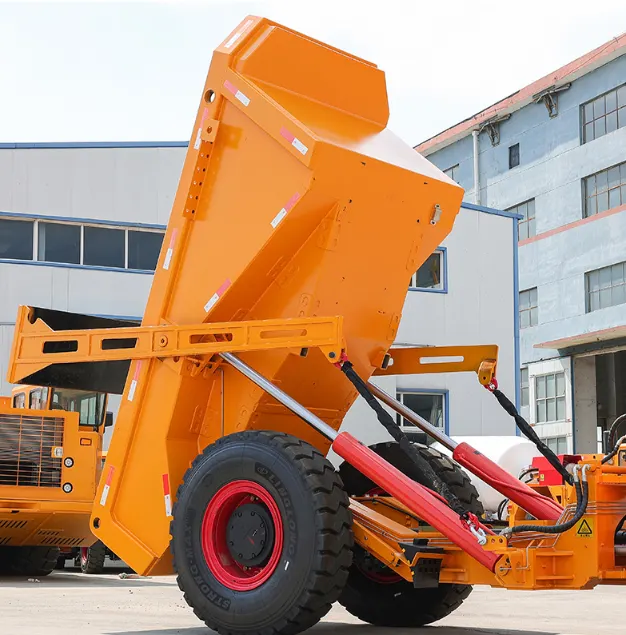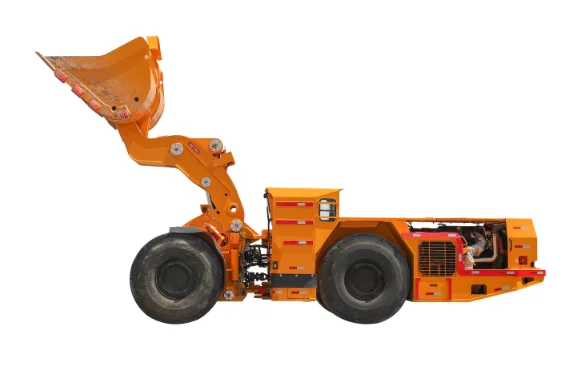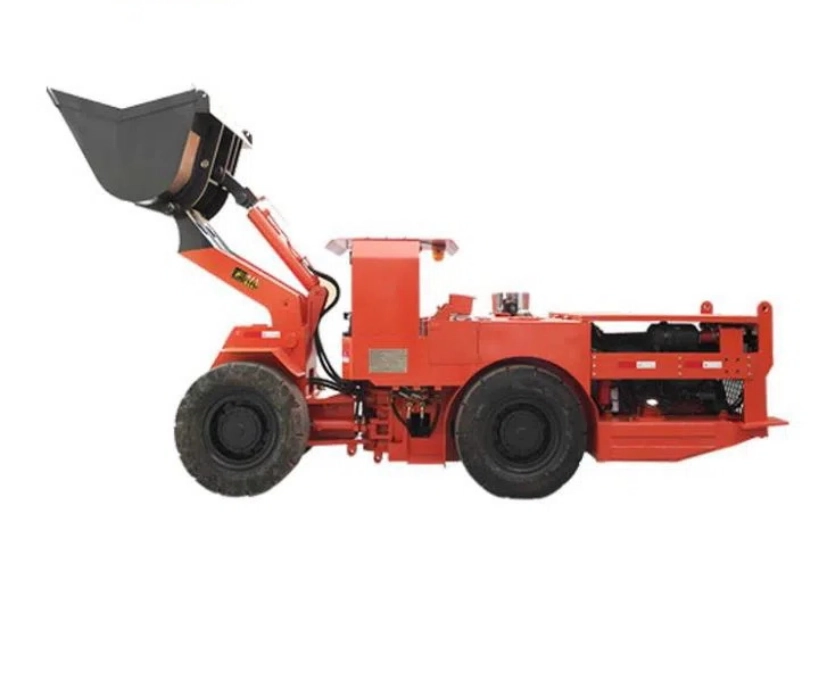
Understanding the Role of an Underground Mining Loader
What’s an Underground Mining Loader and Why It’s a Big Deal
An underground mining loader, or Load-Haul-Dump (LHD) machine, is this super tough piece of gear built for tight, deep mine tunnels. Unlike regular loaders for open mines or construction, these babies are made to wiggle through small spaces, stay strong, and get stuff done fast. They scoop up blasted rocks or ore and haul it to trucks or drop-off spots.
These loaders are, like, the heart of underground mining. Without ‘em, the whole operation would grind to a halt, slowing things down and costing big bucks.
What These Loaders Do in Mines
Underground mining loaders have some key jobs:
- They grab broken rocks after blasting.
- They carry stuff through skinny tunnels to dump points.
- They feed crushers or conveyors for the next step.
They work fast and safe, even in dark, stuffy tunnels, making them super important for getting mining done right.
How They’re Different from Surface Loaders
Surface loaders are all about speed and hauling tons of stuff. Underground mining loaders? They’re built for tight spots, low fumes, and twisty turns. They’re shorter to fit narrow tunnels and have tough frames to handle rough mine conditions.
Stuff to Think About When Picking an Underground Mining Loader
Load Capacity and How Much It Can Do
You gotta know how much rock the loader can carry at once. Bigger buckets mean fewer trips, but they might not fit in tiny tunnels. Matching the bucket size to your trucks keeps things moving smooth without jams.
Fitting in Tunnels and Mine Conditions
Every mine’s different—some have super narrow tunnels, steep slopes, or bad air. Pick a loader that fits your mine’s size and vibe. Too big, and it might wreck tunnels or need pricey fixes.
Fuel Type: Electric vs. Diesel Loaders
The fuel type changes everything. Diesel loaders pack a punch but make fumes, so you need killer ventilation. Electric loaders are awesome ‘cause they barely make fumes or heat, perfect for deep mines. Battery-electric LHDs are getting popular ‘cause of new tech and strict rules on diesel smoke, but you need charging stations and smart planning.
Moving Easy in Tight Spots
Mines have twisty, narrow paths. A loader’s turning radius matters a ton—if it can’t turn tight, it’s gonna bump walls or get stuck. Articulated steering lets it swing through sharp corners like a pro.
Checking Out Tech Specs for Underground Mining Loaders
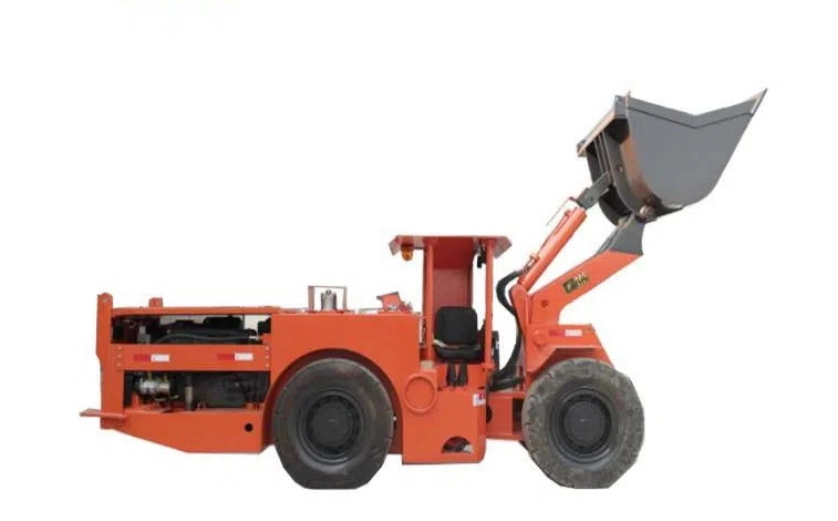
Engine Power and Pulling Strength
The engine’s gotta be strong to haul heavy loads up slopes or rough ground. High torque at low speeds makes scooping smooth. Whether it’s diesel or electric, the engine needs to stay cool and keep going strong all shift long.
Bucket Size and Scooping Skills
The bucket’s not just about size—it’s about how fast it grabs and dumps rock. Cool designs like curved sides or tough liners dig better and last longer. Multi-use buckets with swappable edges let you switch jobs quick without stopping.
Transmission and Grip Control
Fancy transmissions, like hydrostatic drives, give you smooth speed control and less wear. Some loaders have auto-grip tech that tweaks wheel power to stop slipping on wet or bumpy ground. This makes things safer and less tiring for drivers.
Safety Features to Look for in an Underground Mining Loader
Seeing Clear and Comfy Cabs
It’s dark underground, so seeing good is a must. Cabs need big mirrors or cameras for all-around views. Comfy seats and easy controls keep drivers chill during long shifts, helping them stay sharp in scary spots.
Fire Protection and Escape Routes
Hydraulic fluid and wires can spark fires, so fire suppression systems are a big deal. They spot heat or flames and blast out fire-stopping stuff fast. Plus, cabs need two exit paths in case one gets blocked by rocks or fire.
Meeting Global Safety Rules
Make sure your loader follows big safety rules like ISO 19296 or MSHA (in the U.S.). These prove the machine’s tough, quiet, and safe with good brakes and low fumes. Skipping these could mean legal trouble or higher costs.
Maintenance, Toughness, and Long-Term Costs
Easy Fixes in Rough Mines
Mines are dusty, wet, and full of stuff that wears out machines fast. Pick a loader with easy-to-reach repair spots so techs can check it quick. Things like quick-swap filters or lube points cut down fix time big time.
Built to Last
Tough parts, like hard steel joints or strong bearings, keep the loader going longer. Reinforced hinges handle the stress of constant twisting without cracking, unlike cheap gear that breaks fast.
Total Cost Over Time
Don’t just look at the price tag. Think about fuel use, battery swaps for electric loaders, or part delays. QINGDAO ZONGDA MACHINERY CO., LTD Customization Service lets you tweak features for your mine, saving cash and keeping things safe from day one. Smart repair tools can predict problems, saving tons of money on big fleets.
Frequently Asked Questions About Underground Mining Loader Selection
What makes an underground mining loader different from other loaders?
They’re built for tight, low spaces with strong frames and low fumes, unlike surface loaders that focus on speed and big loads.
Should I go for a diesel or electric underground mining loader?
Diesel’s strong but needs lots of air flow. Electric cuts fumes but needs chargers. Pick based on your mine’s depth and rules.
How do I pick the right bucket size?
Match it to your tunnel size and truck setup. Too big slows you down; too small means more trips and less work done.
Are there safety standards my loader needs?
Yup, check for ISO 19296 or MSHA certifications. They make sure your machine’s safe with stuff like fire systems and strong builds.
Wanna find the perfect underground mining loader for your mine? Reach out to QINGDAO ZONGDA MACHINERY CO., LTD—they’ve got 10 years of mining know-how and killer custom options!

